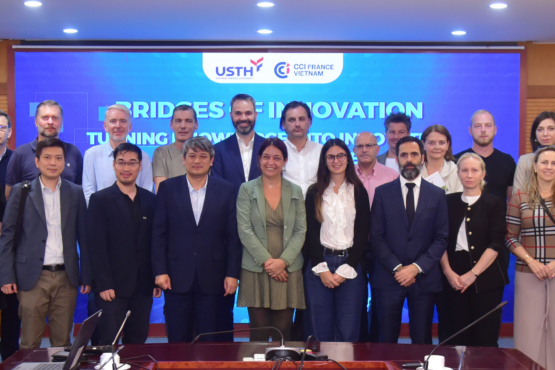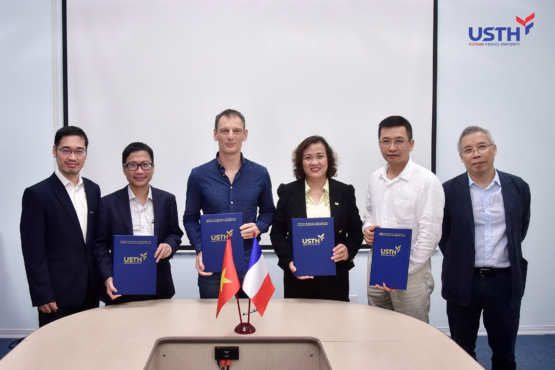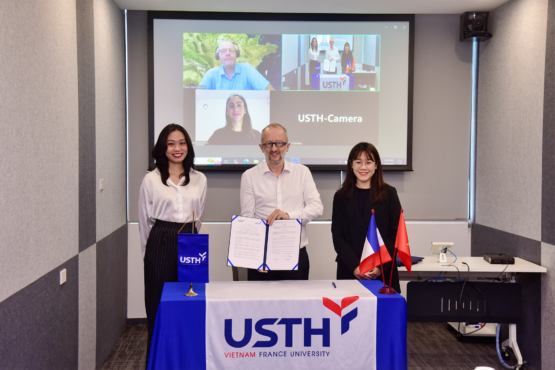From March 24 to 27, 2025, a delegation from the University of Science and Technology of Hanoi (USTH) conducted a working visit to South Korea to deepen cooperation in semiconductor technology—an industry identified by Vietnam as a key driver of innovation and economic growth in the digital era.
The visit reaffirmed USTH’s commitment to enhancing its academic and research capabilities and marked an important milestone in its internationalization strategy. Through partnerships with leading universities, research institutes, and technology enterprises in South Korea, USTH aims to develop application-oriented programs, incorporate advanced technologies, and foster meaningful knowledge transfer. These efforts lay the groundwork for training a new generation of highly skilled engineers and researchers equipped to meet the demands of the semiconductor industry in both Vietnam and the global market.
Strategic exchange with Vision Semicon
The visit began on March 24 with a meeting at Vision Semicon, a leading South Korean company specializing in semiconductor surface processing and plasma technologies. Vision Semicon is known for its innovative solutions in plasma systems, wafer substrate processing, and microchip surface cleaning—contributing to improved efficiency and precision in chip manufacturing.
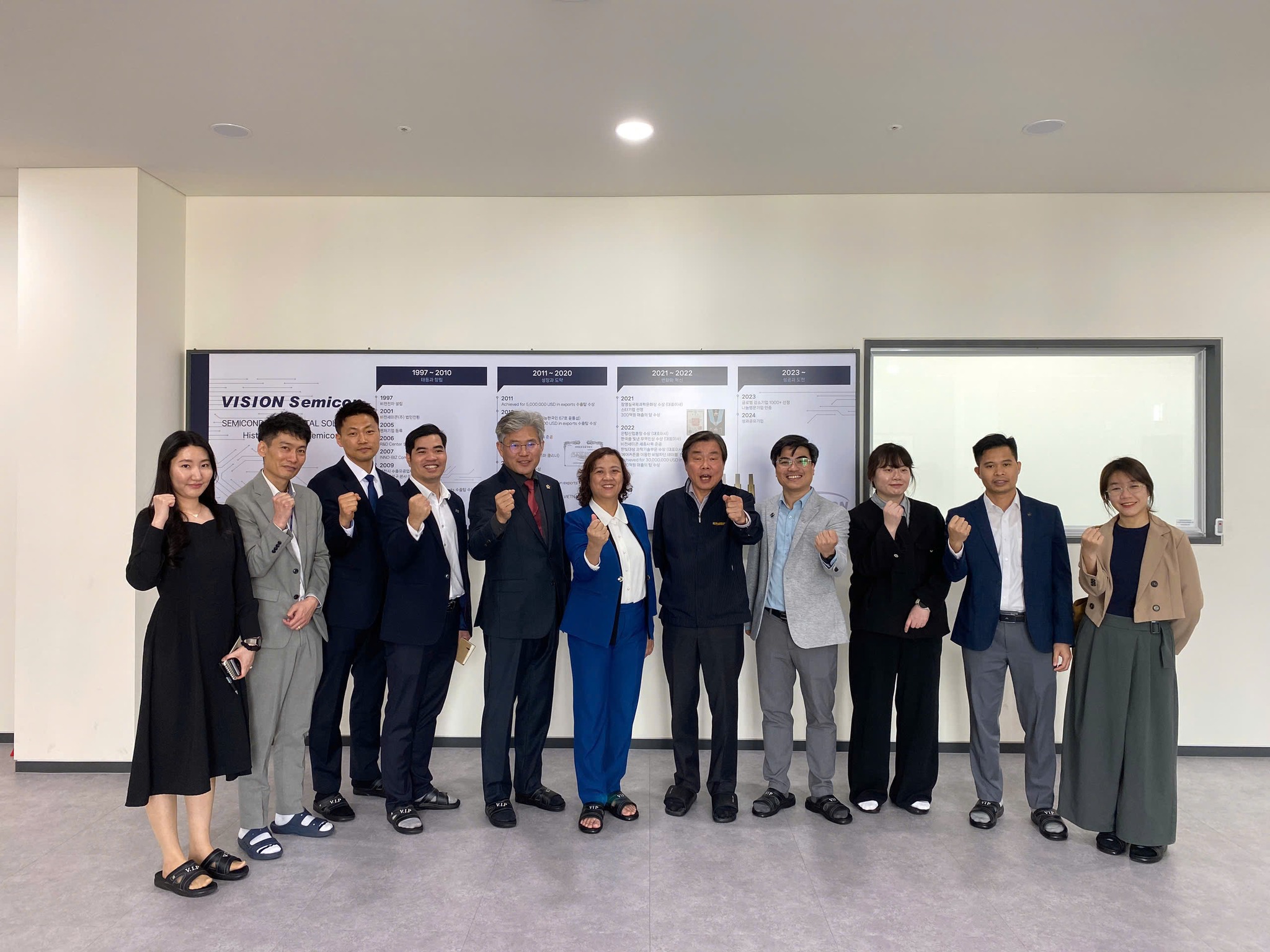
USTH representatives engaged in discussions on emerging technology trends, workforce development, and research collaboration. The delegation also toured Vision Semicon’s cleanroom facilities and observed live demonstrations of plasma equipment in operation, gaining practical insight into the real-world application of semiconductor processing technologies.
Fostering collaboration with the Korea Semiconductor Industry Association (KSIA)
That afternoon, the delegation visited the Korean Semiconductor Academy, part of the Korea Semiconductor Industry Association (KSIA). The academy plays a key role in building a collaborative ecosystem that links educational institutions, industry, and government to develop high-quality human resources for South Korea’s semiconductor sector.
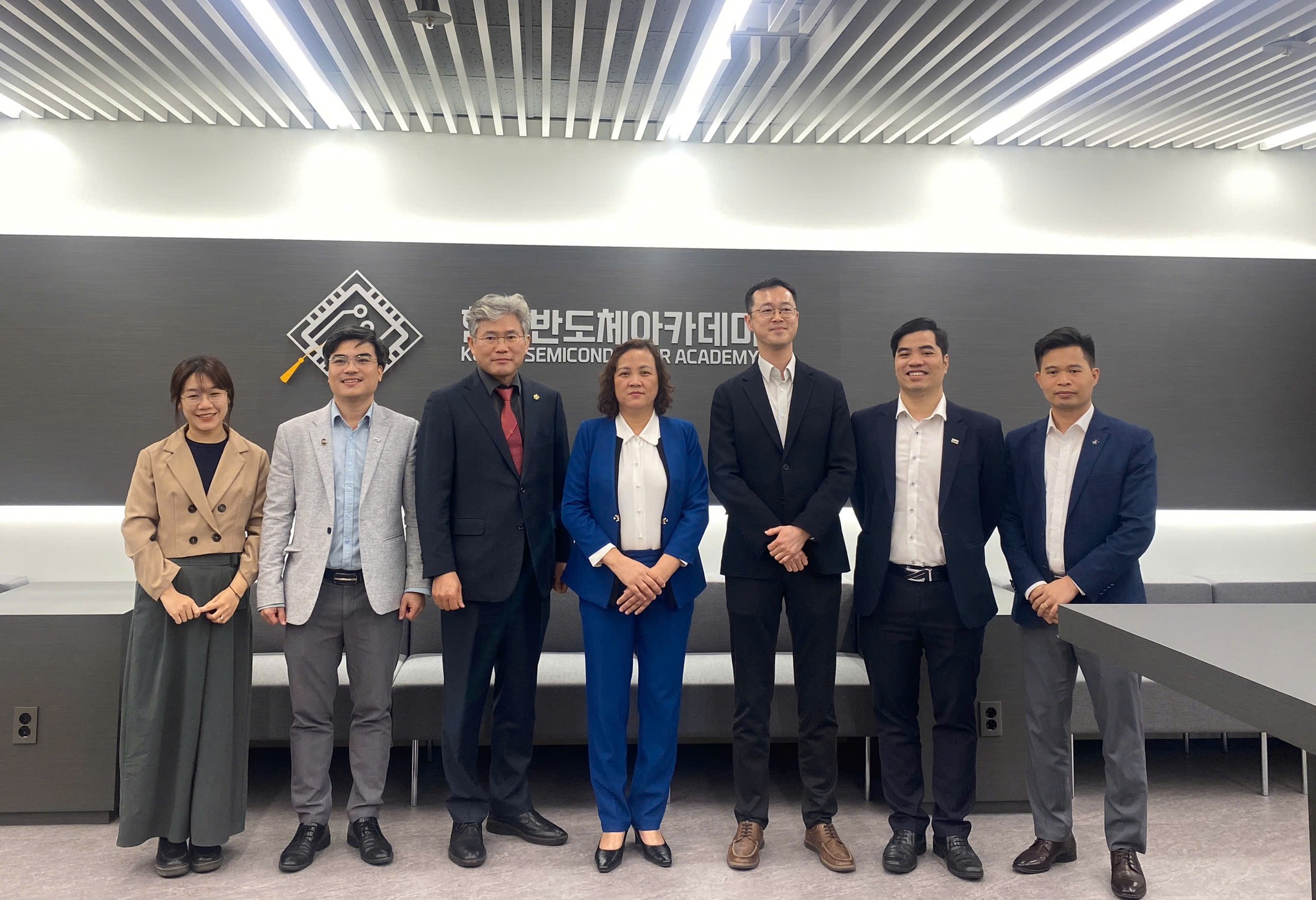
The USTH delegation engaged in productive discussions with the academy’s leaders on specialized training programs, the tripartite training model (university – enterprise – association), and long-term workforce development strategies. The meeting provided valuable insights into South Korea’s education-industry linkage and opened promising avenues for joint research, training, and technology transfer initiatives between USTH and KSIA.
Visit to Korea Polytechnic Semiconductor Convergence Campus
On March 25, the delegation visited the Korea Polytechnic Semiconductor Convergence Campus, a leading institution in practice-based semiconductor education. Korea Polytechnic offers hands-on programs in integrated circuit (IC) design, fabrication, and testing, developed in close alignment with industry needs.
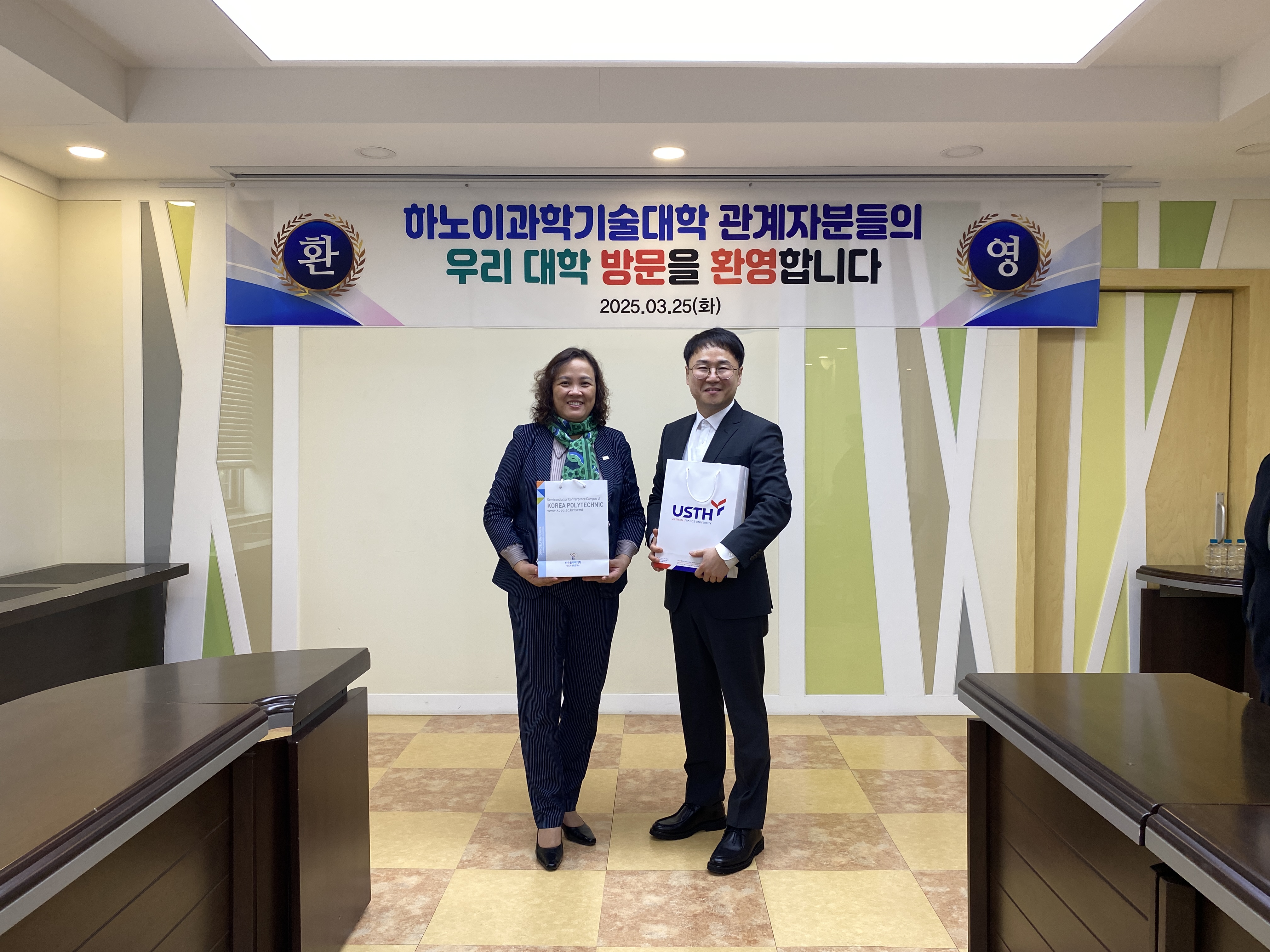
USTH representatives met with the university’s leaders and the Head of International Cooperation to explore opportunities for student and faculty exchanges, joint research, and curriculum development. The delegation also toured the institution’s advanced facilities, including:
- Clean Room – A standardized cleanroom for semiconductor R&D and training
- Semiconductor Precision Measurement Lab – A lab focused on high-accuracy semiconductor testing
- Semiconductor Nano Vision Lab – Specializing in nano-scale semiconductor research
- KOPO Semiconductor Digital Center – A center for digital training and simulation
- Laboratory Safety Information Center – Dedicated to lab safety and compliance information.
This visit offered valuable perspectives on Korea Polytechnic’s industry-integrated training model—an approach USTH is also pursuing in developing its international-standard semiconductor training programs.
Gaining industry insights at Wonik Corporation
Later that day, the delegation visited Wonik Corporation, a key equipment supplier in South Korea’s semiconductor supply chain. USTH representatives discussed potential cooperation in research and internship opportunities, with a focus on emerging technologies and workforce development.
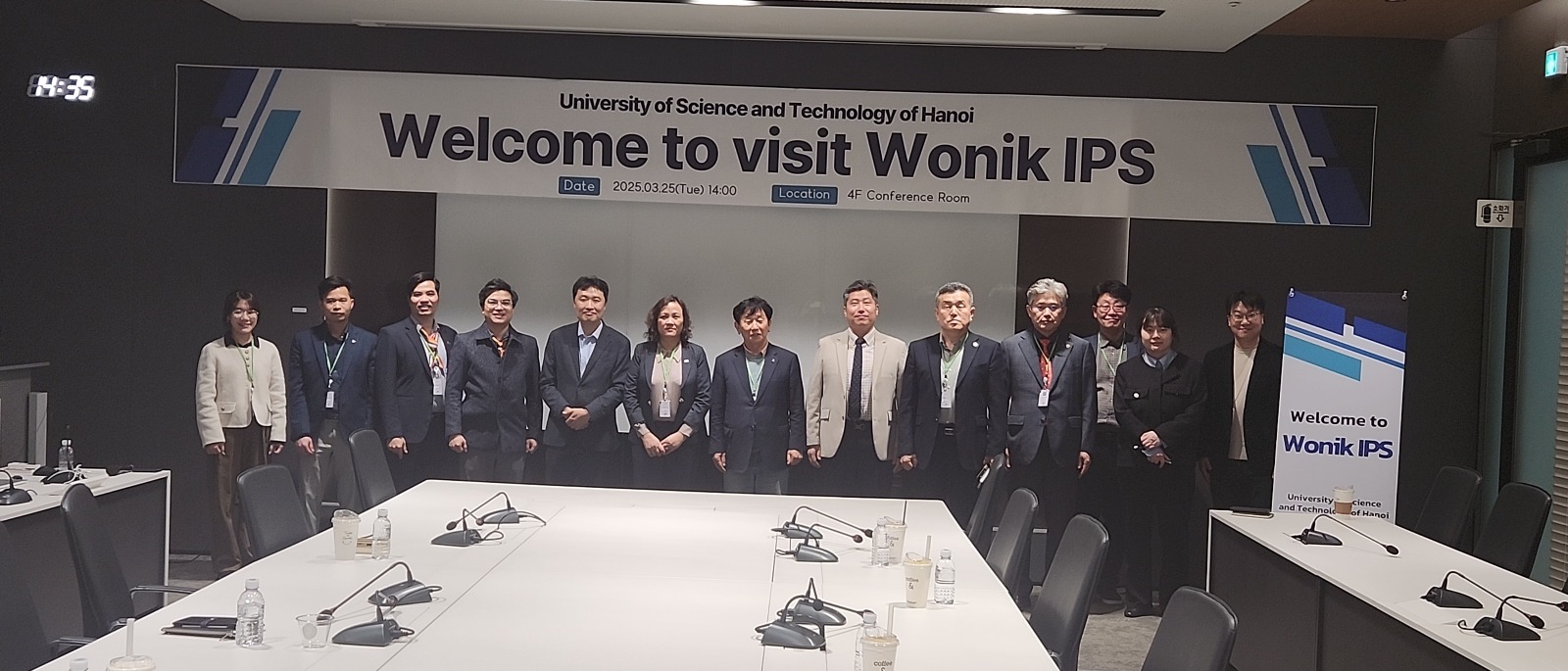
The delegation toured Wonik’s production facilities, including the PECVD (Plasma Enhanced Chemical Vapor Deposition) equipment line and other advanced manufacturing areas. The visit provided valuable insights into the company’s technology innovation, production workflows, and quality assurance practices.
Exploring integrated training and innovation at Tech University of Korea (TUK)
On March 26, the delegation visited the Tech University of Korea (TUK) in Siheung City, Gyeonggi-do. Established in 1994, TUK is known for its strong emphasis on applied engineering education and its role in training high-quality human resources for South Korea’s semiconductor industry.
During the visit, USTH met with the Director of the Department of Semiconductor Technology to explore joint initiatives in training, research, and academic exchanges for students and lecturers. Discussions focused on integrating theory with hands-on practice to better prepare students for careers in semiconductor production and innovation.
The delegation visited several of TUK’s cutting-edge facilities, including:
- Clean Room – A standard cleanroom system used for teaching and demo-level microchip fabrication
- Semiconductor Boot Camp for Device and IC Design – A practical training center specializing in integrated circuit design and semiconductor device fabrication
- Business Incubator Center – Convergence Center for Advanced Nano Semiconductor –A hub for research and startup incubation in the field of nano-semiconductor technology
Strengthening academic ties with Inha University
That afternoon, the delegation visited Inha University in Incheon—one of South Korea’s leading institutions in semiconductor engineering, microelectronics, and nanomaterials. Inha maintains strategic partnerships with major global corporations, including Samsung and SK Hynix.
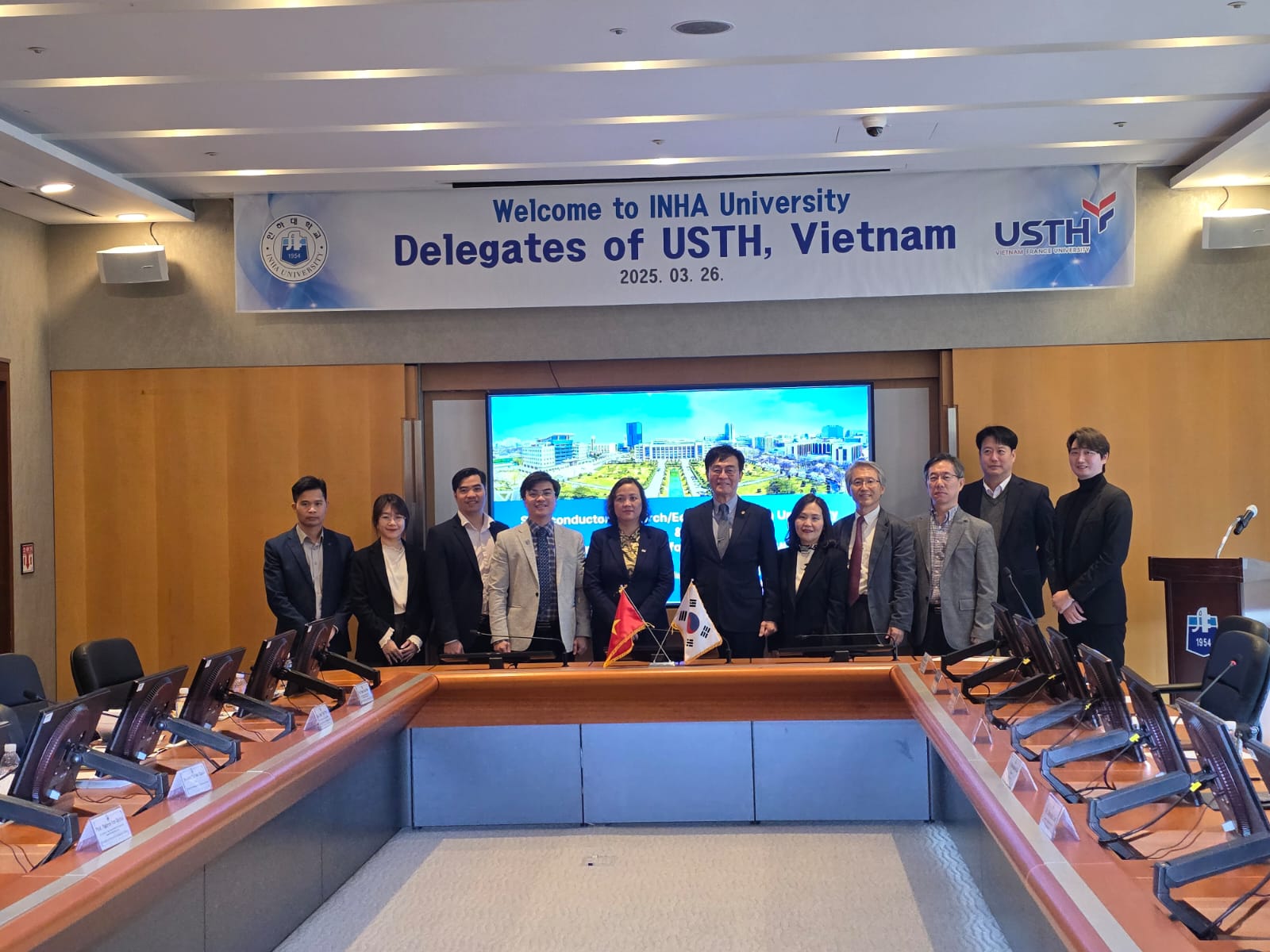
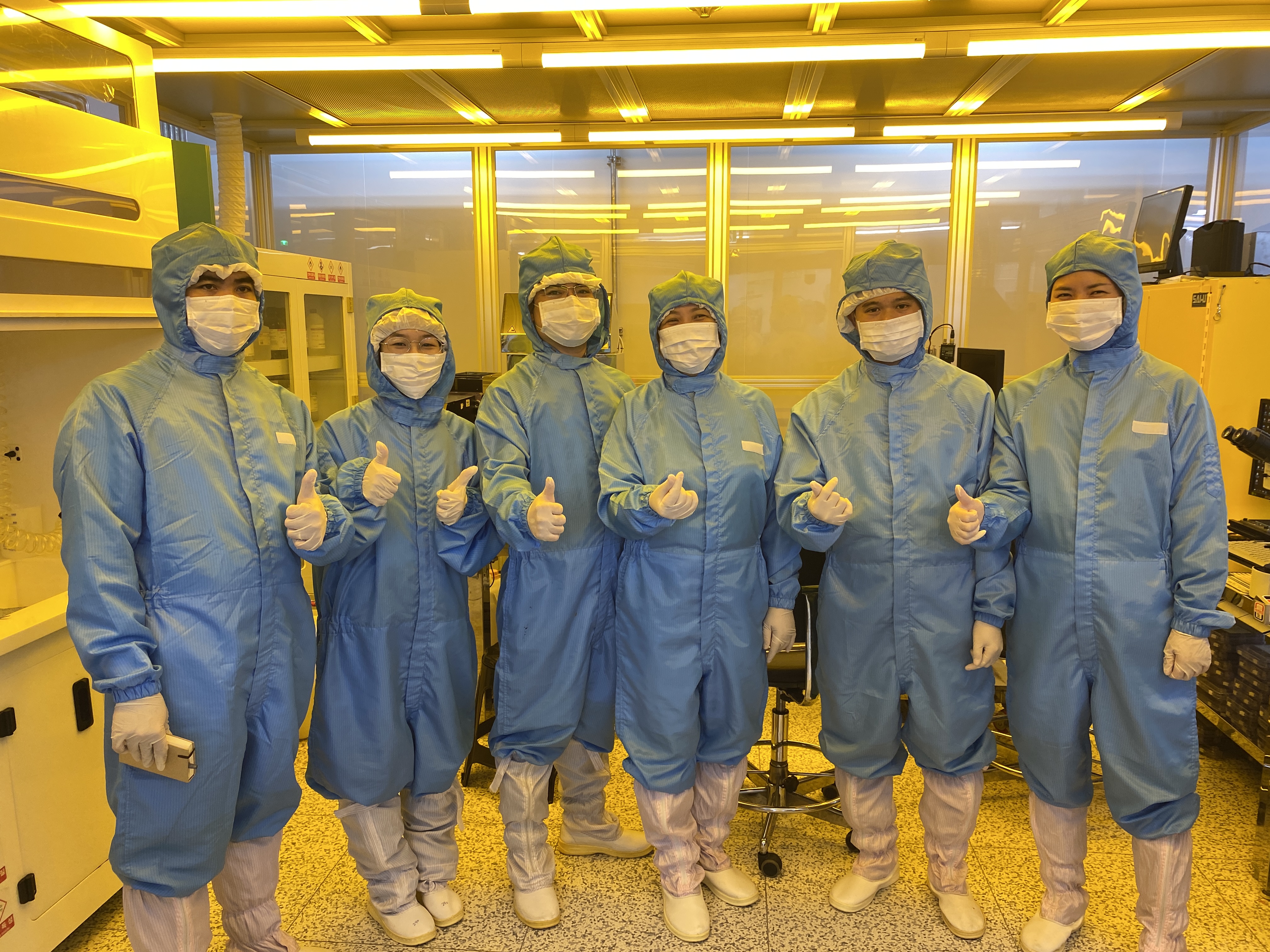
The USTH delegation met with the university president and representatives from the Department of Semiconductor IC to discuss opportunities for student internships, joint research, and advanced training. The delegation also toured Inha’s Class 1000 Clean Room, a high-standard facility for precision semiconductor research, IC design, and materials analysis. This internationally standardized research environment provides lecturers and students with access to cutting-edge technology and opportunities for hands-on experimentation in the semiconductor field.
Enhancing collaboration with Hanyang University ERICA Campus
On March 27, USTH concluded its working visit with a cooperation signing ceremony at Hanyang University’s ERICA Campus. Known for its strong integration of academic programs with real-world industry demands, Hanyang University ERICA Campus provides comprehensive training across the semiconductor value chain—from IC design to advanced materials.
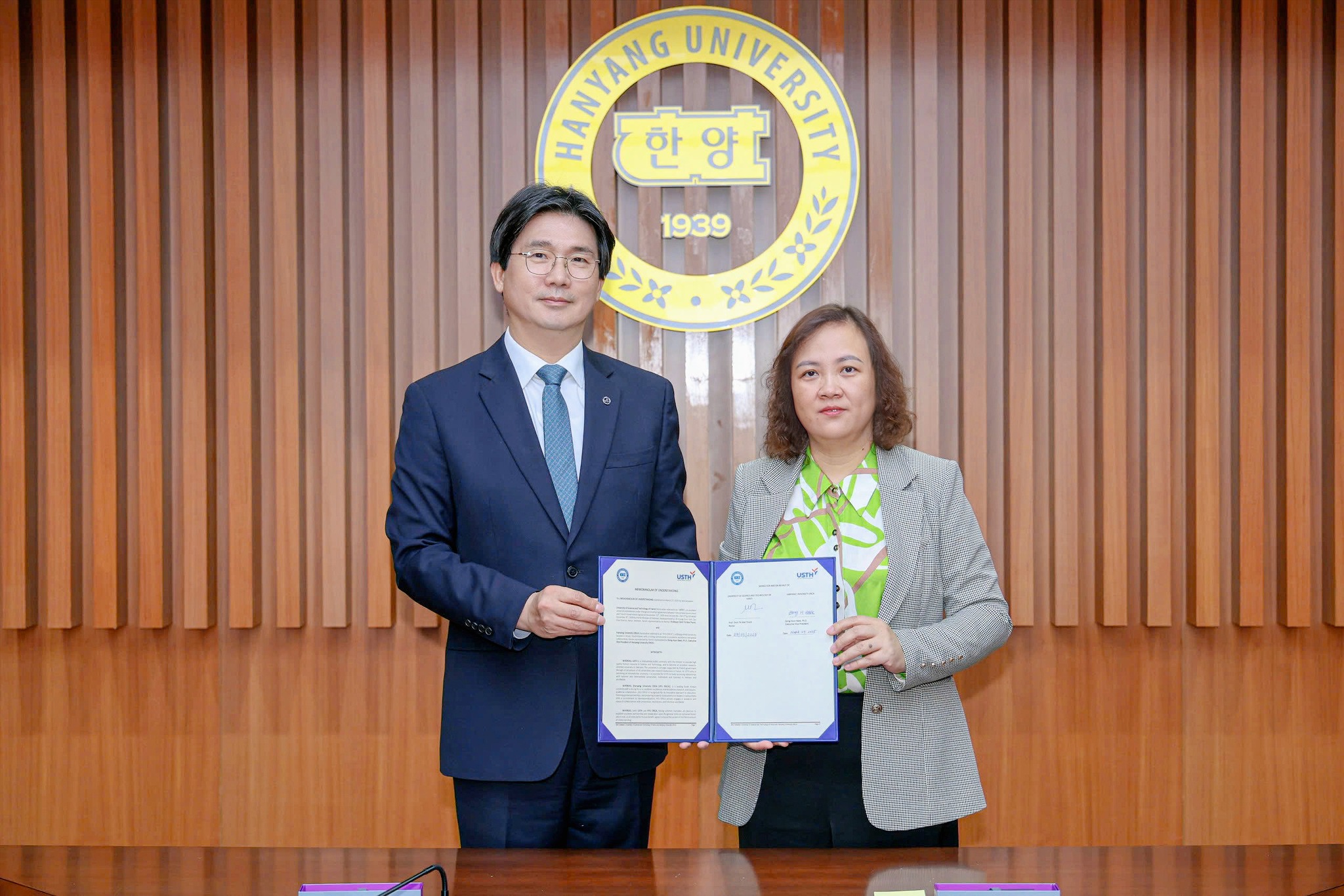
USTH and Hanyang University (Seoul Campus) have maintained a partnership since signing a Memorandum of Understanding (MoU) in 2017, focusing on academic exchanges for students and lecturers, joint research, and the co-organization of scientific events. With ERICA’s strengths in practical training and strong industry connections, this visit marked a significant step forward in deepening the collaboration between the two institutions.
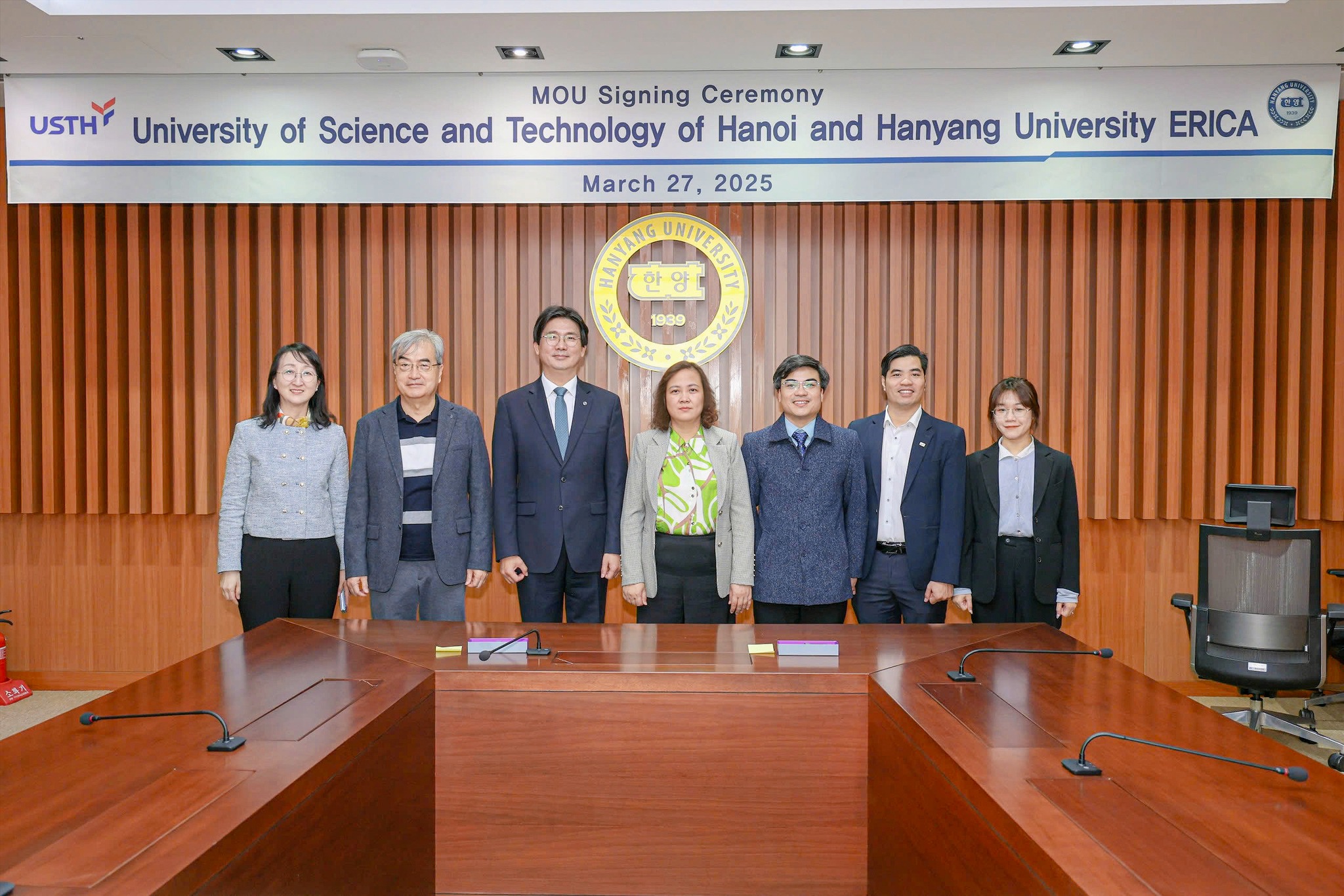
The USTH delegation’s working visit to South Korea yielded many promising outcomes, laying the groundwork for strategic and long-term cooperation in semiconductor training, research, and industry engagement. These efforts are closely aligned with USTH’s mission to develop a dynamic, application-oriented academic program in semiconductor technology—one that prepares graduates to thrive in both domestic and global job markets.

